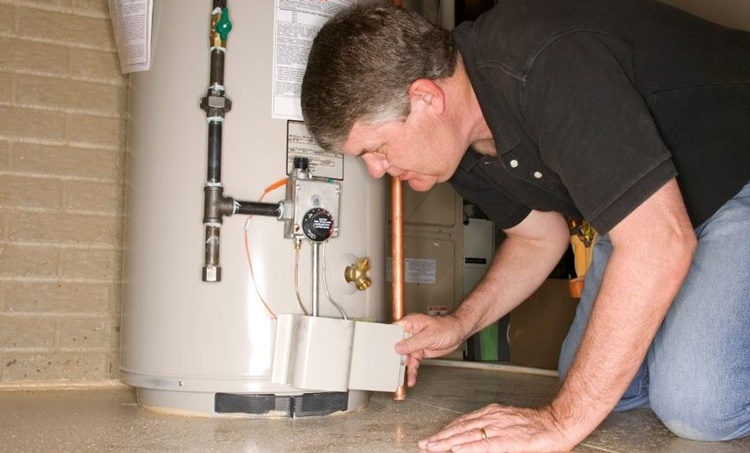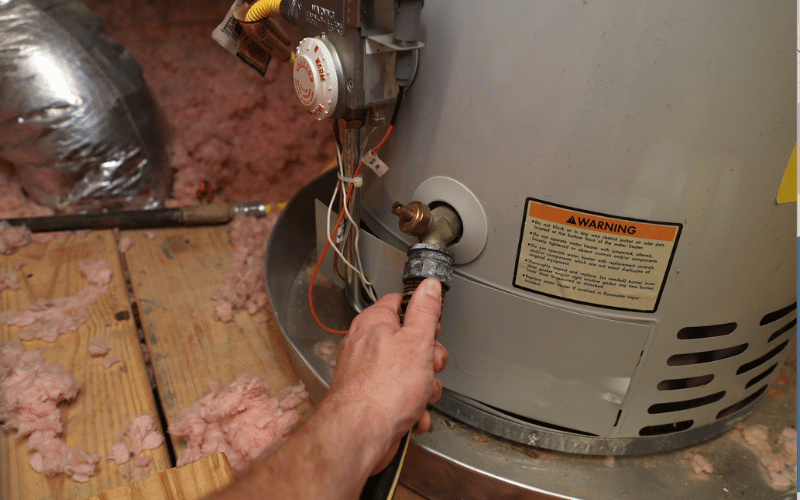Simple Guide to Maintaining Your Home's Hot Water SystemSteps to Effectively Care for Your Home's Hot Water System
Simple Guide to Maintaining Your Home's Hot Water SystemSteps to Effectively Care for Your Home's Hot Water System
Blog Article
Any individual has their own way of thinking on the subject of How to Maintain a Hot Water Heater in a Few Simple Steps.

Hot water is essential for everyday convenience, whether it's for a rejuvenating shower or washing meals. To ensure your warm water system runs efficiently and lasts longer, normal upkeep is key. This post provides sensible suggestions and understandings on exactly how to keep your home's hot water system to prevent disruptions and expensive repairs.
Intro
Keeping your home's hot water system could seem overwhelming, however with a couple of easy actions, you can ensure it operates efficiently for years ahead. This guide covers whatever from comprehending your hot water system to DIY upkeep tips and understanding when to call in professional assistance.
Relevance of Maintaining Your Hot Water System
Routine upkeep not only prolongs the life-span of your hot water system however additionally ensures it runs efficiently. Ignoring upkeep can lead to reduced performance, higher energy expenses, and also premature failure of the system.
Indications Your Warm Water System Needs Maintenance
Knowing when your hot water system requires focus can prevent major concerns. Keep an eye out for signs such as inconsistent water temperature, unusual sounds from the heating system, or corroded water.
Understanding Your Hot Water System
Before diving right into upkeep jobs, it's helpful to understand the fundamental elements of your warm water system. Commonly, this consists of the hot water heater itself, pipelines, anode poles, and temperature controls.
Monthly Upkeep Tasks
Regular monthly checks can help catch minor issues before they intensify.
Flushing the Hot Water Heater
Purging your hot water heater eliminates debris build-up, boosting performance and lengthening its life.
Monitoring and Changing Anode Rods
Anode poles protect against deterioration inside the container. Evaluating and changing them when worn is important.
Examining and Adjusting Temperature Settings
Adjusting the temperature setups makes certain optimum efficiency and safety and security.
Do It Yourself Tips for Upkeep
You can do a number of maintenance tasks yourself to maintain your warm water system in leading problem.
Checking for Leaks
Routinely inspect pipes and links for leaks, as these can lead to water damage and greater costs.
Checking Pressure Relief Valves
Testing the stress safety valve ensures it functions appropriately and stops extreme stress accumulation.
Insulating Pipelines
Shielding warm water pipes lowers warm loss and can save power.
When to Call a Professional
While DIY upkeep is useful, some concerns need professional know-how.
Complex Problems Requiring Expert Help
Instances include significant leaks, electrical troubles, or if your water heater is continually underperforming.
Regular Expert Maintenance Conveniences
Expert maintenance can include comprehensive examinations, tune-ups, and ensuring conformity with security criteria.
Final thought
Regular upkeep of your home's warm water system is crucial for effectiveness, longevity, and price savings. By adhering to these pointers and understanding when to seek expert help, you can make sure a reputable supply of hot water without unexpected interruptions.
How to Maintain an Instant Hot Water Heater
Before tinkering with your hot water heater, make sure that it’s not powered on. You also have to turn off the main circuit breaker and shut off the main gas line to prevent accidents. Also turn off the water valves connected to your unit to prevent water from flowing into and out of the appliance. 2. When you’re done, you have to detach the purge valves’ caps. These look like the letter “T” and are situated on either side of the water valves. Doing so will release any pressure that has accumulated inside the valves while at the same time avoid hot water from shooting out and burning your skin. 3. When the purge valves’ caps are removed, you have to connect your hosing lines to the valves. Your unit should have come with three hoses but if it didn’t, you can purchase these things from any hardware or home repair shops. You can also get them from retail stores that sell water heating systems. Read the user’s manual and follow it to complete this task properly. When the hosing lines are connected, open the purge port’s valves. 4. You should never use harsh chemical cleaners or solutions when cleaning your unit. Make use of white vinegar instead. It should be undiluted and you’ll probably use about 2 gallons. 5. Now flush your water heater. This task should probably take about 40 minutes. We can’t give you specific directions for this because the procedure is carried out depending on the type, model and brand of your heater. With that being said, refer to the user’s manual. 6. When you’re done draining the unit, you have to turn off the purge port valves again. Remove the hosing lines that you earlier installed on each of the water valves. Put the valve caps (purge port) back in their respective places and be very careful so as not to damage the rubber discs that are found inside these caps. 7. Now that everything’s back in place, check your user’s manual again to find out how to reactivate your water heating system. 8. Once it is working, turn one of your hot water faucets on just to let air pass through the heater’s water supply pipes. Leave the tap on until water flows smoothly out of it. https://www.orrplumbing.com/blog/2014/september/how-to-maintain-an-instant-hot-water-heater/

We were shown that write-up on What Kind of Maintenance Do Water Heaters Need? from a friend on another web property. Enjoyed reading our piece of writing? Please share it. Help somebody else check it out. Many thanks for being here. Please check our website back soon.
Browse Website Report this page